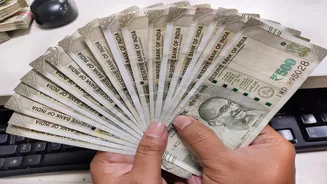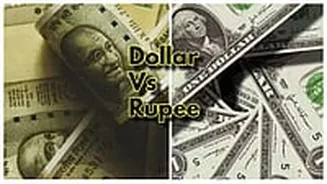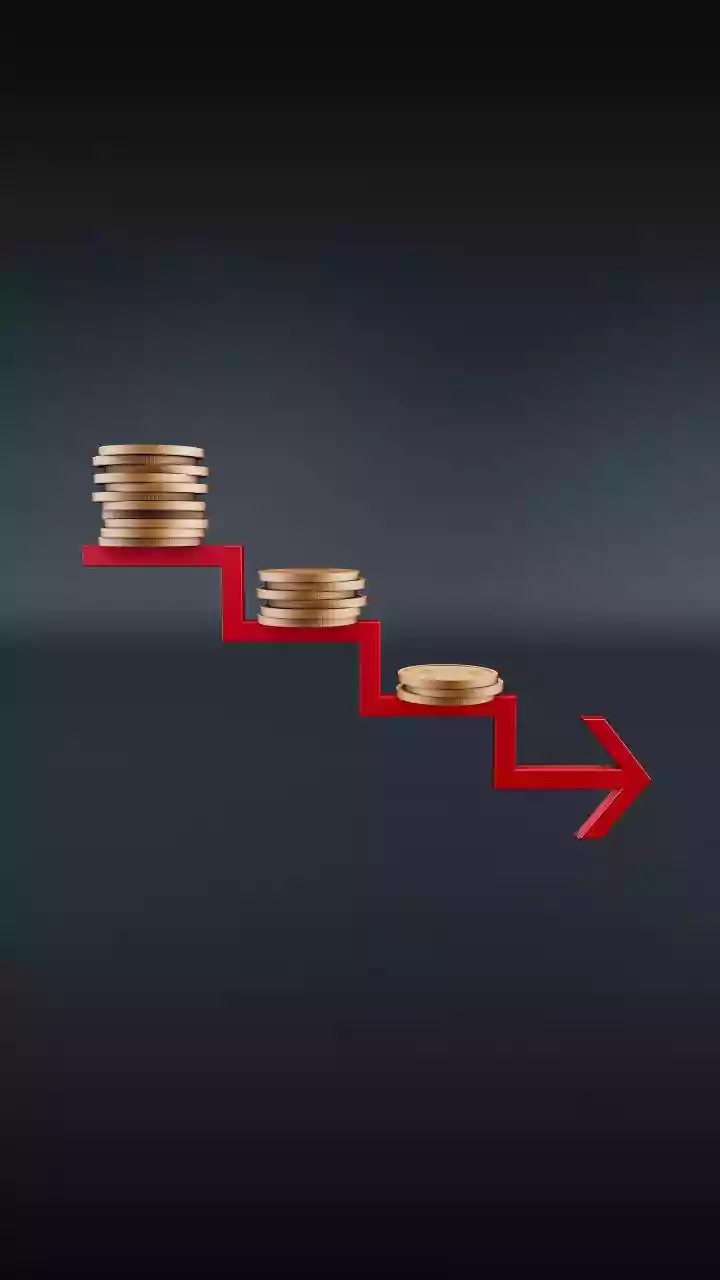September Quarter Momentum
Governor Sanjay Malhotra, during the October 1 monetary policy review, indicated a robust economic performance during the September quarter. He cited favorable
agricultural prospects and a flourishing services sector as key drivers. These positive indicators suggest strong rural demand and steady employment conditions. The RBI's optimistic outlook was reflected in its upward revision of the GDP growth forecast for the second quarter to 7% from an earlier projection of 6.7%. Similarly, the forecast for FY26 was raised to 6.8% from 6.5%, signaling a frontloaded growth trajectory. The central bank noted that policy uncertainty and rapidly changing developments would encourage the Monetary Policy Committee (MPC) to take a cautious approach. The board would consider the prevailing macroeconomic conditions and outlook at each policy review. The robust September-quarter growth was seen as a result of a favorable agricultural outlook and a thriving services sector, suggesting robust rural demand and stable employment scenarios. The bank also increased its GDP growth predictions to 7% from 6.7% for the second quarter and to 6.8% from 6.5% for FY26.
Tariff Concerns Emerge
Despite the optimistic economic outlook, the RBI expressed caution regarding the second half of FY26, primarily due to potential adverse impacts from US tariffs. While acknowledging the GST rationalization, the RBI anticipated that it would only partially mitigate the negative effects of tariffs. Nagesh Kumar, an external member of the MPC, highlighted the importance of supporting measures, like liquidity provision, credit guarantees, and moratoriums for MSMEs. He estimated that the impact of higher tariffs on economic growth could be limited to between 40 and 60 basis points. However, he also expressed concern about a more significant impact on MSMEs and employment. One basis point is equal to one-hundredth of a percentage point. The uncertainty posed by tariffs necessitates a measured approach, particularly when assessing the economic landscape for the latter half of the financial year.
Policy Rate Stance
The Monetary Policy Committee (MPC), in its meeting on October 1, unanimously decided to keep the repo rate unchanged at 5.50%. The MPC also retained its neutral policy stance. The RBI's decision to maintain the status quo was based on a careful evaluation of various factors, including the need to balance growth with inflation and address global economic uncertainties. Deputy Governor Poonam Gupta suggested that slower growth in the second half of the fiscal year and a low inflation rate could offer room for further interest rate cuts. However, she chose not to vote for a rate cut for several reasons: the government's measures to boost consumer sentiment, the transmission of past rate cuts, and the evolving global uncertainties. Another crucial factor influencing the MPC's decision was the recent fall in Consumer Price Index (CPI)-based inflation. This decrease and the expectation that inflation would undershoot the RBI's projections strengthened the case against a rate cut.
Inflationary Perspective
The September data showed that CPI inflation had fallen to an eight-year low of 1.54%. The RBI's executive director, Indranil Bhattacharyya, along with other internal members, viewed the current ultra-low inflation levels as a transitory phenomenon. Bhattacharyya voted against a rate cut, citing that such a move amid heightened uncertainty might not yield the desired impact. He also believed that a rate cut would surprise the market, which could be detrimental to policy credibility in the medium term. Another external member, Ram Singh, favoured a change in stance to accommodative, but noted that another rate cut could run the risk of an overdose, considering that the impact of earlier reductions had not fully played out. Singh suggested that the available scope for rates can be leveraged to sustain the growth momentum for a longer period by extending the easing cycle. A shift to an accommodative stance could raise the chances of a rate cut in the easing cycle.















